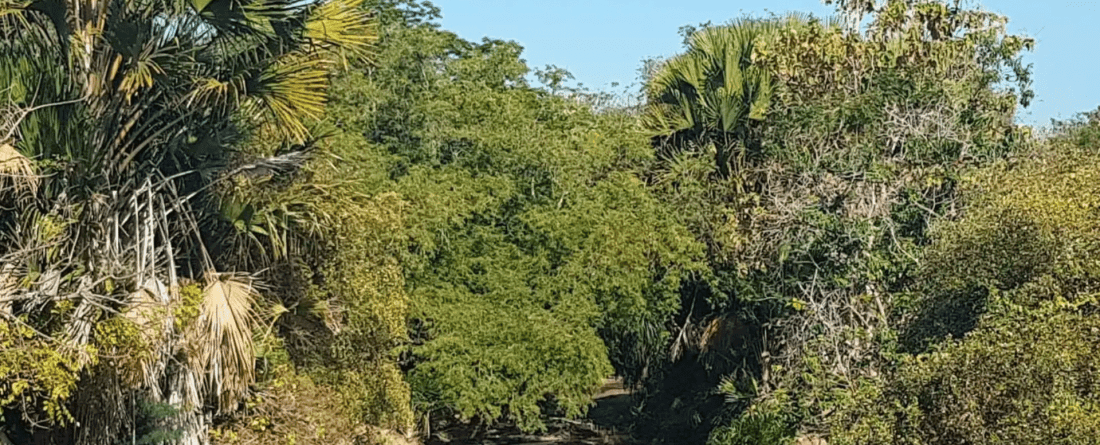
Is biomass co-firing an effective mitigation strategy?
New research takes a critical look into the viability and emissions reduction potential of biomass waste co-firing at coal plants in Indonesia.
Meet the CGS experts!
Claire Squire, Post-Masters Research Associate
Jiehong Lou, Assistant Research Professor
Thomas Hilde, Senior Fellow
Press release: More from the experts!
Squire, C.,J., Lou, T., Hilde (2024). “How Green Is Biomass Co-Firing As An Emissions Abatement Strategy? ”Center for Global Sustainability. 7 pp
- When accounting for current alternate utilizations, less than a third of all biomass residues generated remain available for use in co-firing.
- Even at modest co-firing ratios, available biomass supply struggles to meet demand in eastern Indonesia, where captive coal capacity is projected to rise over the coming decade.
- Across the country, waste supply cannot meet ambitious co-firing ratios. Limited biomass supply, technical constraints, and the possibility of increased land emissions from bioenergy production reduce the efficacy of co-firing as a mitigation strategy.
Despite Indonesia’s ambitious plans to increase biomass co-firing, uncertainties exist regarding whether this is a plausible and effective abatement strategy due to the limited availability of biomass waste and difficulty tracking land use change emissions. New research by the Center for Global Sustainability takes a critical look into the viability and emissions reduction potential of biomass waste co-firing at coal plants in Indonesia. The analysis provides key policy recommendations to maximize emission reductions through a robust national strategy, advancing sustainable energy initiatives.
